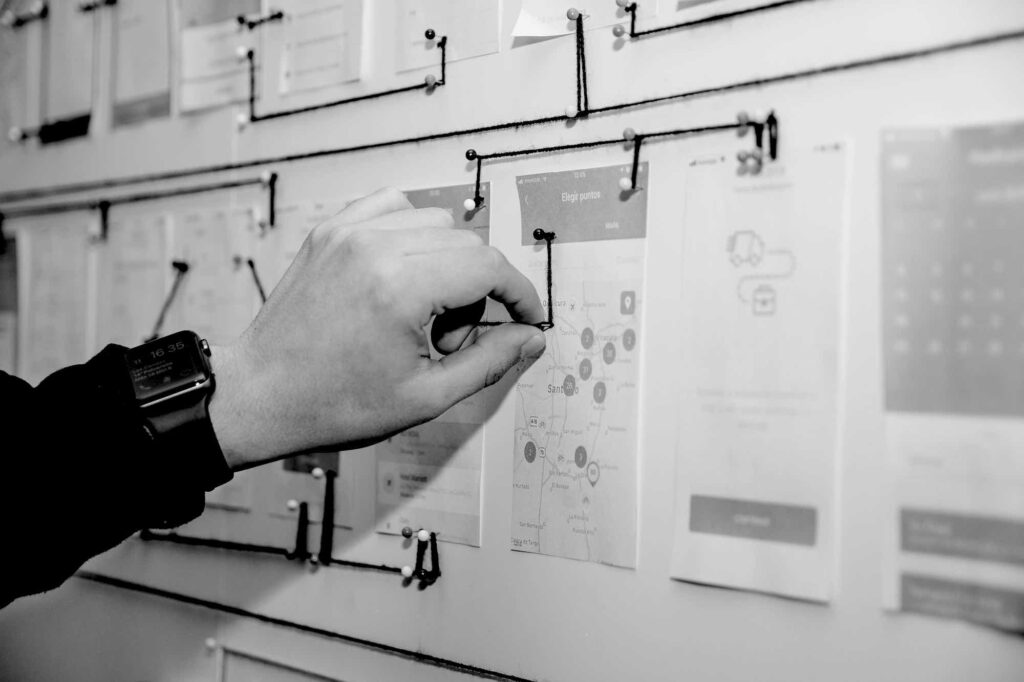The Design of Experiments, otherwise known as DOE, is a statistical approach used to identify the factors that impact the outcome of a given process. This tool is commonly used in Six Sigma and other quality improvement initiatives as it allows for cause-and-effect relationships to be identified to make process improvements.
The goal of DOE is to find an optimal solution by testing various factor combinations. Doing so minimizes the number of runs needed while still providing accurate results. This approach can be used for both product and service design.
How Does DOE Work?
The first step in any DOE analysis is to identify the factors that could potentially impact the outcome of the process under study. These factors could be anything from material properties to operator conditions. Once the factors have been identified, they are then classified as either control or noise factors.
Control factors can be controlled and changed during the experiment, while noise factors cannot be controlled (e.g., external weather conditions). It is important to make this distinction because only control factors will vary during the experiment.
Once the factors have been identified and classified, the next step is to choose an appropriate experimental design. There are many different experimental designs, but the most common are full factorial, fractional factorial, and central composite designs.
In both cases, DOE can be used to study complex systems in which many variables interact. This makes it a potent tool for understanding and improving processes in industries such as manufacturing, healthcare, and logistics.
Types of Designs
Three types of designs are commonly used in DOE: factorial, response surface, and mixture. Each type of design is best suited for a different purpose.
–Factorial designs study the main effects and interactions between different independent variables. These designs require relatively few runs (i.e., experimental trials) and are, therefore well, suited for studying processes with many variables.
–Response surface designs are used to study how a dependent variable responds to changes in one or more independent variables. These designs require more runs than factorial designs but can provide detailed information about the shape of the response surface.
–Mixture designs study how two or more ingredient variables interact to produce the desired outcome. These designs can be very efficient but require special statistical techniques for their analysis.
Full factorial designs test all possible combinations of factor levels, while fractional factorial designs test a fraction of those combinations. Central composite designs are used when there are more than two control factors, allowing for both linear and nonlinear relationships to be explored.
After the experimental design has been chosen, the next step is to run the experiment and collect data. This data will then be analyzed to determine which factors had the most significant impact on the outcome of the process under study. From there, appropriate changes can be made to improve the process.
100% Free Fundamentals of Lean COURSE
Conclusion:
The Design of Experiments (DOE) is a statistical tool used to identify the factors that impact the outcome of a given process. It is commonly used in Six Sigma and other quality improvement initiatives as it allows for cause-and-effect relationships to be identified to make process improvements.
DOE involves identifying potential control and noise factors, choosing an experimental design, running the experiment, and analyzing the data collected to determine which changes need to be made to improve the process under study.






